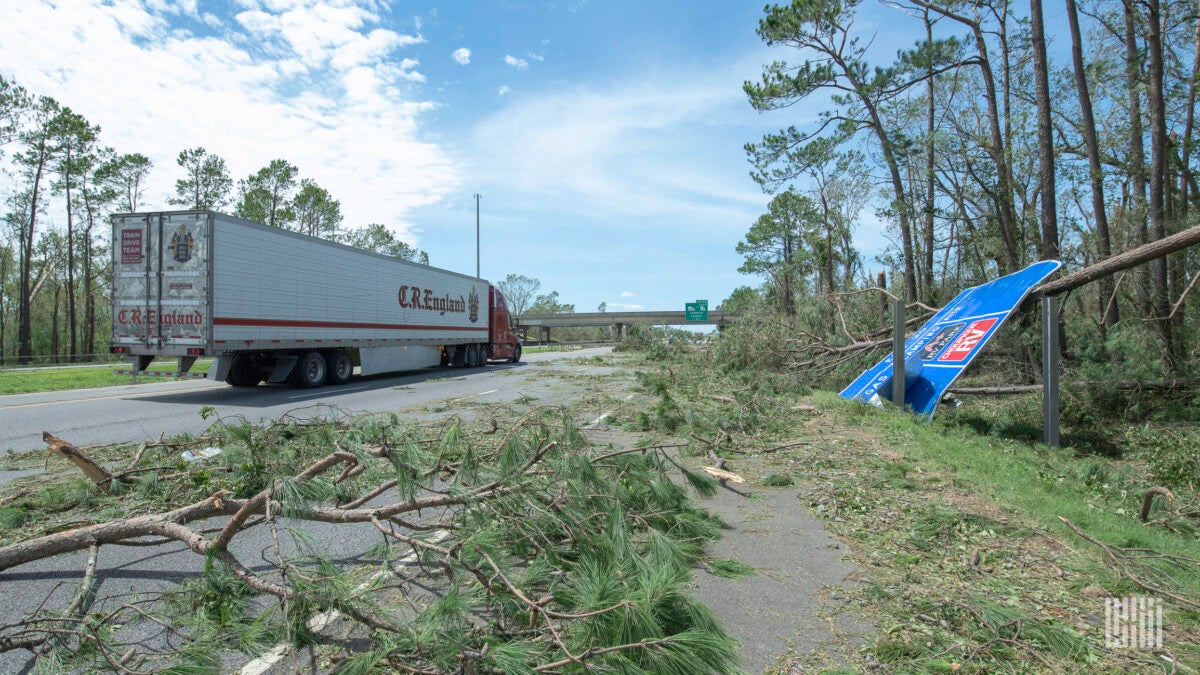El Nino — the unusual warming of surface waters in the eastern tropical Pacific Ocean — affects climate, ecosystems and societies worldwide.
A study published earlier this month examined four possible scenarios for future carbon emissions and found an increased risk of El Nino events in all four. This means El Nino events and associated climate extremes are now more likely “regardless of any significant mitigation actions” to reduce emissions, the researchers warned.

During El Nino the warmer waters cause the Pacific jet stream to move south of its neutral position. With this shift, areas in the northern U.S. and Canada are dryer and warmer than usual, possibly leading to droughts. In the U.S. Gulf Coast and Southeast, these periods are wetter than usual and have increased chances of flooding. El Nino events also tend to enhance the Pacific hurricane season.
Jun Ying, lead author of the study, said: “We know from previous studies that, when measuring El Nino changes in terms of rainfall shifts in the eastern equatorial Pacific, models predict an increase in the frequency of events. This study shows that those changes could happen after the next two decades.”
Ying is from the Second Institute of Oceanography in China and the University of Exeter in the United Kingdom. The study was carried out as part of a yearlong Chinese Scholarship Council-sponsored visit to the University of Exeter.
The paper, titled “Emergence of Climate Change in the Tropical Pacific” and published in Nature Climate Change, examines the “time of emergence” of changes in the tropical Pacific using state-of-the-art climate models. The time of emergence is defined as when the signal of climate change emerges from the usual background noise of natural climate variability.
When looking at changes in El Nino rainfall patterns, the best estimate of the time of emergence of changes converges on 2040 in all of the four emissions scenarios considered.
Climate change and El Nino weather events aren’t just threats to people, property and wildlife, but to supply chains as well. A recent report from RTI International, a nonprofit research institute for the Environmental Defense Fund (EDF), estimated that “without further action to reduce emissions, climate change impacts could cost the shipping industry an additional $25 billion every year by 2100.”
Related: Report: Climate change could cost shipping industry $25B annually by 2100
After growing rapidly in the last 25 years, shipping is now responsible for about 20% of global transportation-related emissions. And shipping-related emissions rose nearly 5% in 2021.
“This report clearly shows that without bold action, the impacts of climate change will severely strike the shipping sector,” Marie Hubatova, senior manager for EDF’s Global Transport team, told FreightWaves.
According to the Environmental Protection Agency, greenhouse gases — primarily carbon dioxide — trap heat and make the planet warmer. The EPA says human activities are responsible for most of the increase in greenhouse gases in the atmosphere over the last 150 years. The largest source of greenhouse gas emissions from human activities in the U.S. is from burning fossil fuels for electricity, heat and transportation.

Fossil fuels are made from the remains of organisms found in the Earth’s crust and contain carbon and hydrogen, which can be burned for energy. Coal, oil and natural gas are examples of fossil fuels.
The University of Exeter’s Mat Collins, co-author of the study, added: “What surprised us is that changes emerge regardless of the scenario we look at. Because rainfall in the tropics is associated with the warmest sea surface temperatures (SSTs), it is the relative changes in SST that are more important than the absolute change. This leads us to the rather stark conclusion that these changes are essentially unavoidable.”
Click here for more FreightWaves articles by Nick Austin.
You might also like:
Snowplow driver shortages creating avalanche of issues for DOTs
Colorado law includes fines for misusing I-70 mountain express lanes







